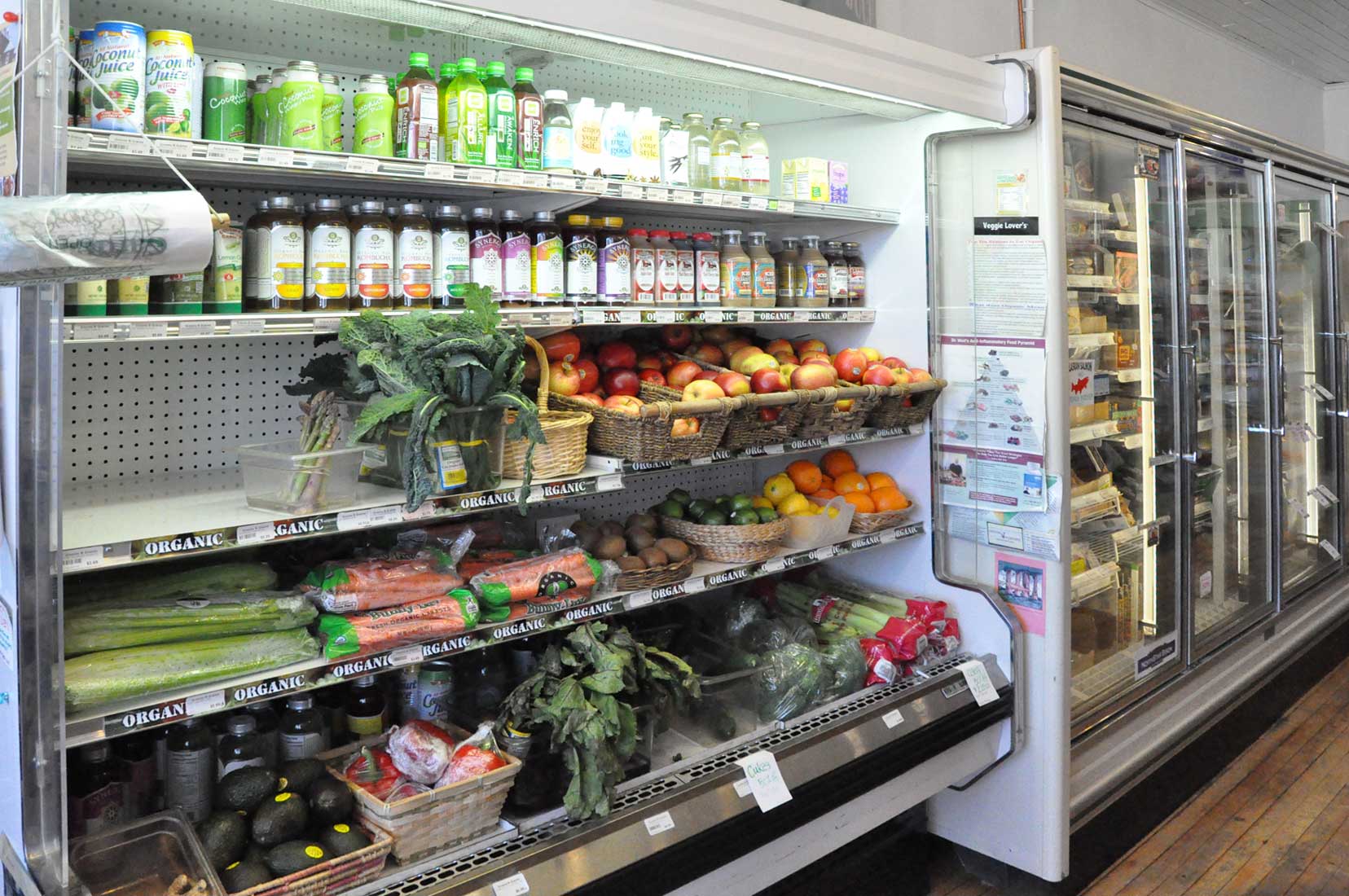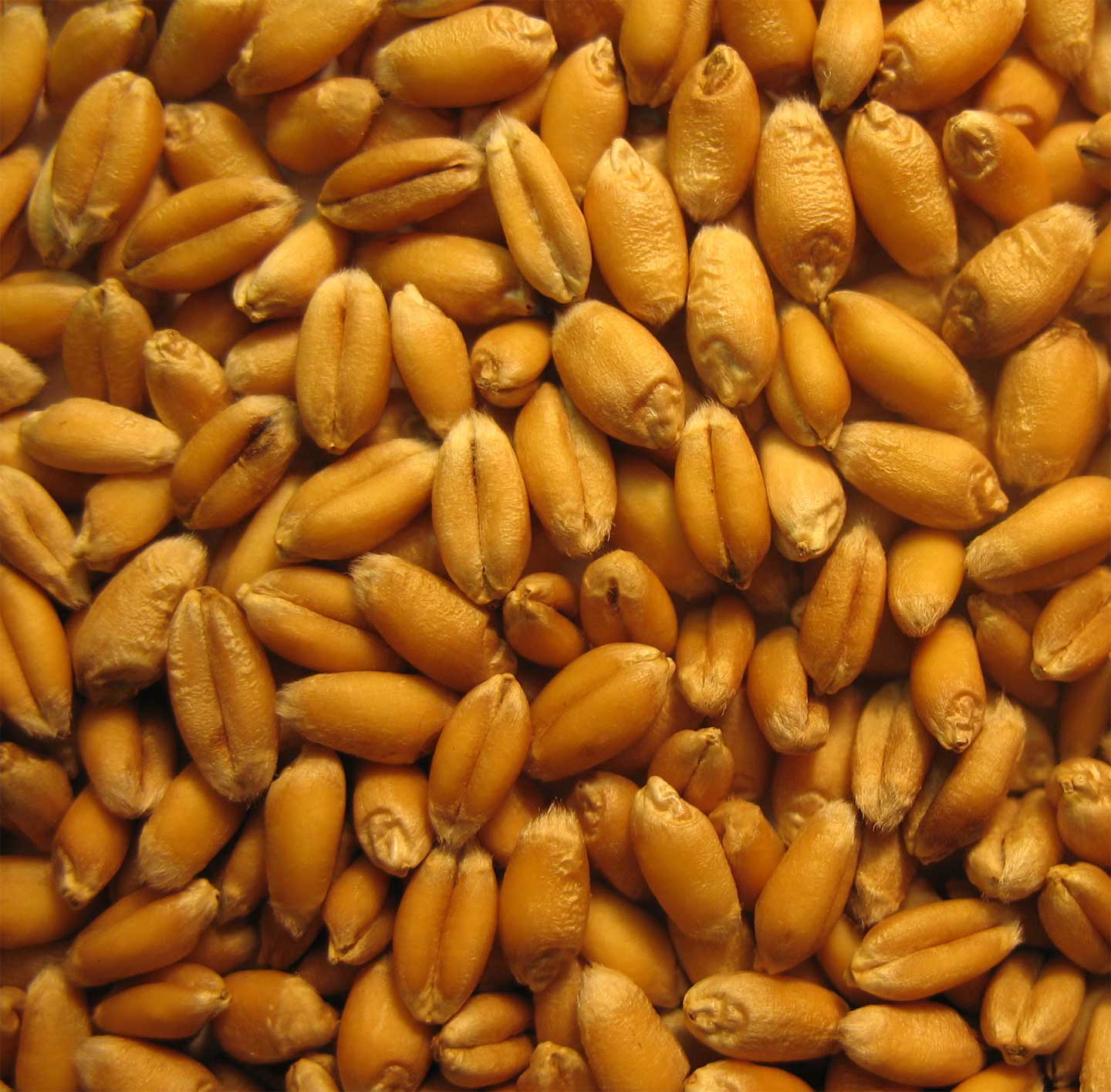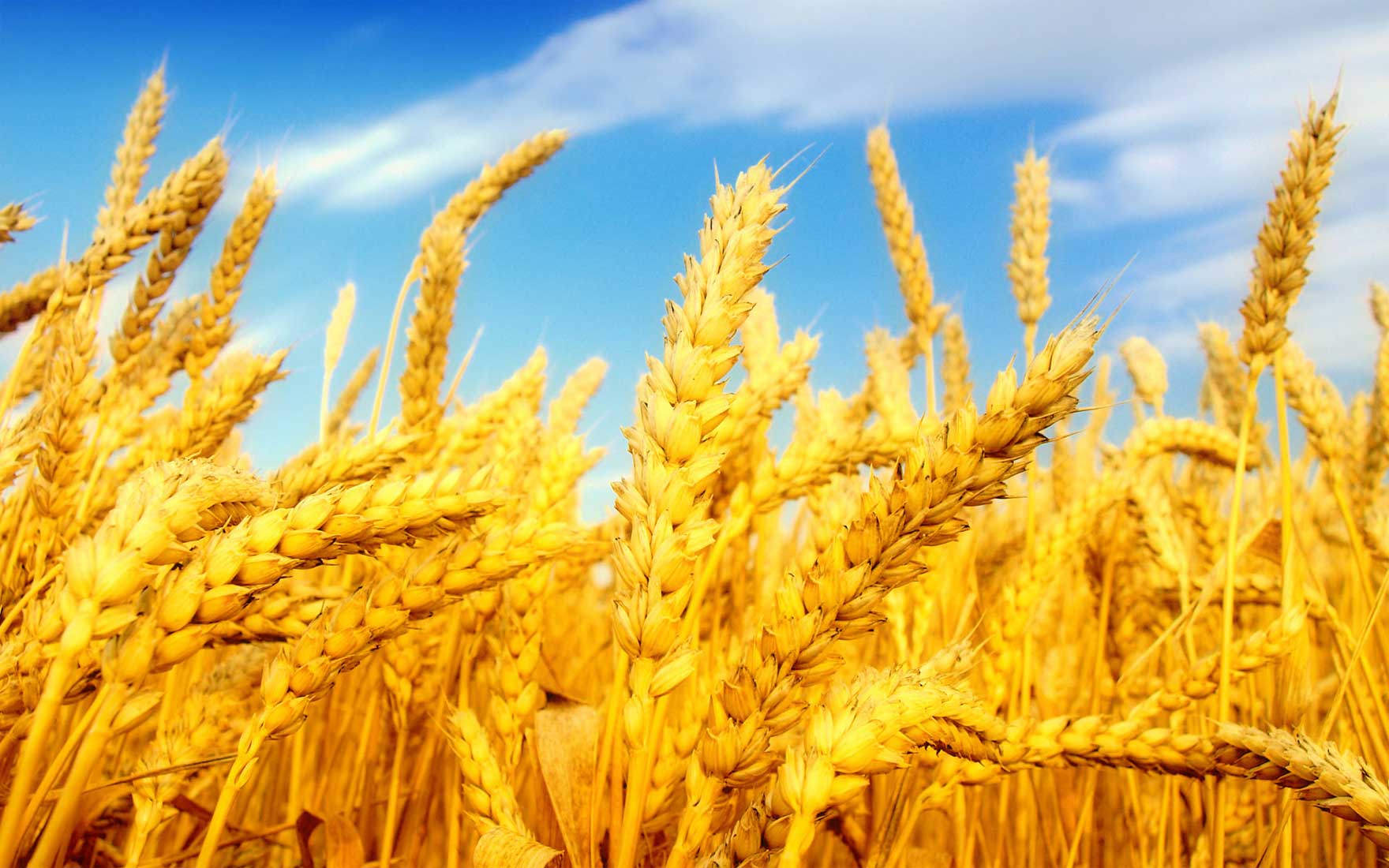Huffpo reports , ” The Environmental Working Group, a nonprofit research organization based in Washington, D.C., is asking the California Department of Food and Agriculture to reconsider a $180,000 grant given to the Alliance For Food and Farming to combat the negative public perception of pesticide residues on fruits and vegetables. They are also calling for an investigation into how the grant was awarded.” Click to read: U.S. Spends $180K To Promote Pesticide Residues On Food.
It seems that there are some people who would like to bury the following lists and urge the public to quit thinking about what they eat… because numbers indicate that people are waking up and buying more organic. In order to counter the effort to discredit the Dirty Dozen, we’d like to share the following updated information with you and hope you pass it on.
The Environmental Working Group recently updated their “Dirty Dozen” and “Clean 15″ produce lists.

The “most contaminated” list below is organized from the very worst down. Peaches once topped the “dirty dozen” list because they require a lot of pesticides to grow, but it seems that celery has bumped them into second place. Onions remain on top as the least contaminated with pesticides.
| 12 Most Contaminated: | |
| OLD | NEW |
|
|
| 12 (now 15) Least Contaminated: | |
|
|
More Information:
For easy reference, download a PDF with the wallet-sized guide as developed by studies of data from nearly
96,000 tests for pesticide residues in produce conducted between 2000 and 2008 and collected by the U.S. Department of Agriculture and the U.S. Food and Drug Administration and analyzed by the Environmental Working Group.







